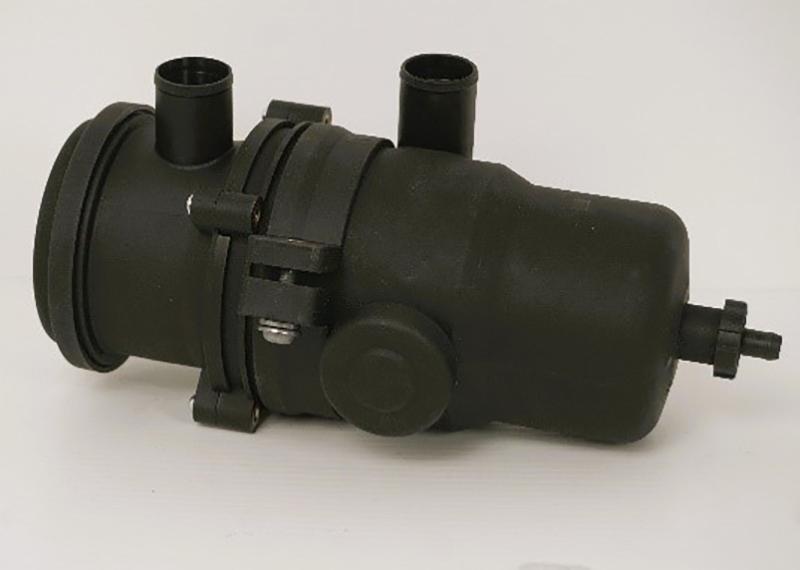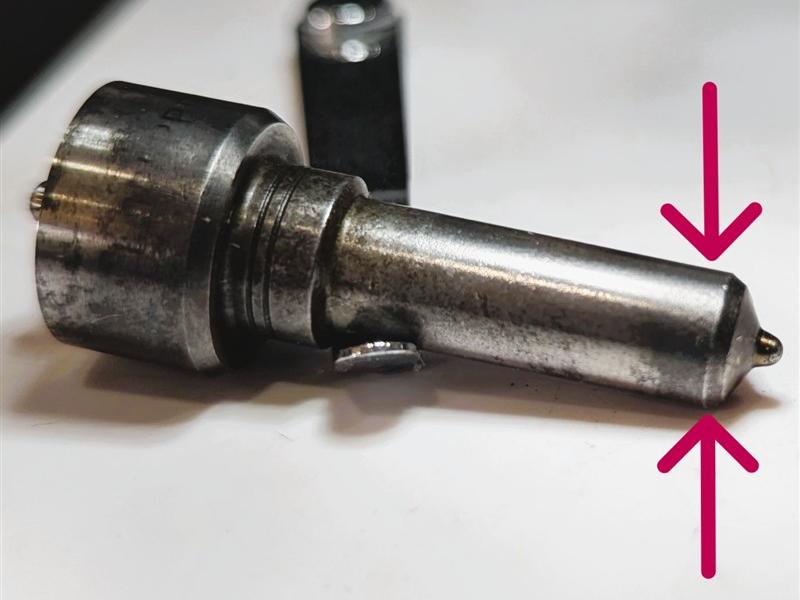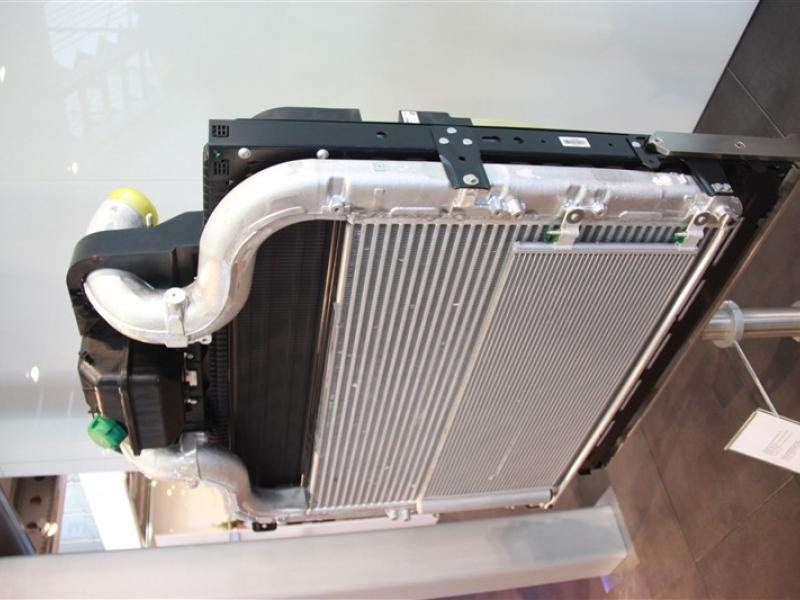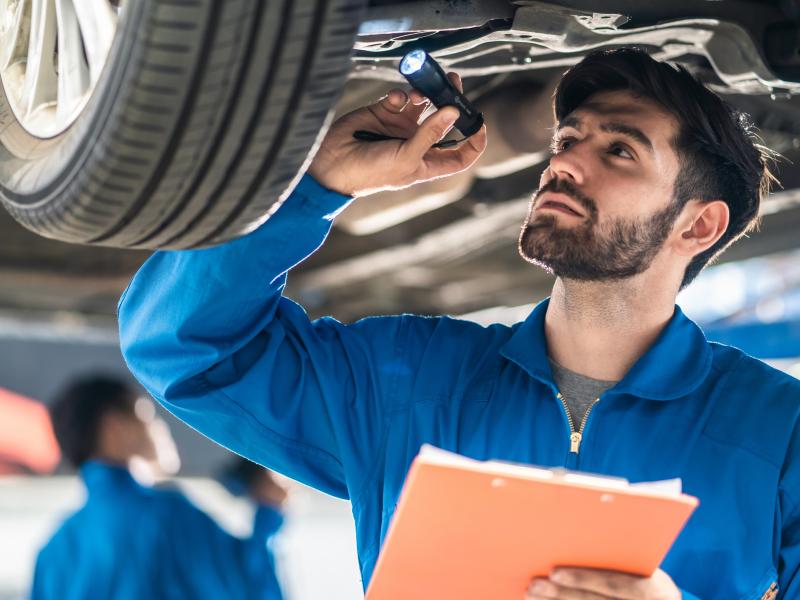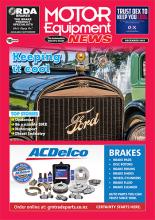In recent years, the Catch Can has become a familiar piece of jewelry fitted to diesel engines. Our readers need to have a good understanding of their job, how they work and not just fit one because your customer wants you too. There’s more to it than that. Don’t get me wrong, Catch Cans certainly have their benefits, but having one fitted can also be like placing a band aid over existing problems or disguising future failures. In my experience, if not caught early enough, failures could have been prevented had there not been an oil catcher hiding the issue from the beginning. This article might appear to create controversy as some of my previous works have. It’s up to you to decide what is controversial or not. I am simply answering the most popular FAQ’s which falls in line with my business’s objective – Teach those who didn’t sign up for Diesel Help
Catch Can design and mounting
A benefit I have found by having a Catch Can fitted is the reduction of oil build up within the turbo intercooler. An intercooler contributes to the efficiency of the diesel engine. It cools the air before entering the engine after the turbo to increase the diesel engine efficiency. Excessive oil in the intercooler can reduce the cooling effect and by having a Catch Can fitted, it can reduce service costs which involve the removal of the intercooler for cleaning. This can save money in the short term but eventually the intercooler will have to be removed for cleaning as other particles contribute to a blockage.. (see image 3 and 4).
Since 2004 I’ve owned eight diesels cars and commercial utes, none of which were fitted with an aftermarket Catch Can and we never experienced a fault or failure. These included three company cars; 2008 Nissan Navara YD25, one with 150k the other with 100k, a 2008 Mazda BT50 with 190k, 2004 Mitsubishi Pajero 4M40Ti with 220k, 2007 VW Golf GT Diesel with 160k, 1989 Toyota Land Cruiser 2H 550,000km, 2012 SsangYong Actyon 200k, and our current cars include 2021 SsangYong Musso 70k, plus my wife’s car, a 2014 Hyundai Sante Fe 120k.
All of our vehicles worked well with the manufacturer’s built-in system, which is often referred to as a Positive Crankcase Ventilation (PCV) valve. The factory designs vary between manufacturers and some I must admit are average and so an aftermarket option would be somewhat an improvement.
Some claim Catch Cans help remove the carbon from the intake and reduce oil leaks. This is not entirely true. Most of the carbon presence in an intake manifold comes from another source; The Exhaust Gas Recirculation (EGR) system. To clean this carbon, the intake is removed for cleaning. If there was to be any carbon entering the intake, It would be coming from the engine breather, and mixed with the engine oil. This is an entirely separate issue that can be caused by poor service history incorrect oil use, overfull engine oil or an underlying issue such as injector washer failure.
As I am not personally working on vehicles nowadays, our Diesel Help members report to our office the issues they have witnessed they believe are caused by catch cans. Many of the diagnostic cases involving oil leaks have occurred with a Catch Can fitted. The main cause of course is not the Catch can, basically an increase in crankcase ventilation. The catch can just covers it up and unfortunately when discovered, it’s too late. Causes of excessive crankcase ventilation are listed below. Engine oil seals would normally last a few hundred thousand kms, yet they are leaking in less than 50,000kms. These types of oil leaks have been caused by blocked Catch Can filters, incorrect fitment, or poorly designed products that don’t suit the system.
Oil leaking from the intake pipes
An excessive breathing engine can create oil vapor, which in turn over time will soak through the intake tubing. This will eventually weaken the rubber seals and pipes, causing oil to seep all over the engine bay. With the correct understanding and knowledge of the modern diesel engine, prevention can easily be achieved, even by the vehicle owner themselves.
My recollection of early day discussions with suppliers, most of them who had little or no diesel engine experience and assumed the manufacturer made an error. A diesel engine has significant differences to a petrol engine and crankcase ventilation is one of them. High positive crankcase ventilation is ok, but excessively high positive crankcase ventilation is NOT. An experienced diesel mechanic should be capable of recognising the difference immediately. It is important for the mechanic to distinguish the difference between normal and excessive crankcase pressure, especially when you are fitting a Catch Can.
Causes of excessive crankcase ventilation and preventative measures
Valve clearances out of adjustment. Cylinder head valves open and close allowing air to enter the engine, mixes with the diesel and in turn creates combustion, moving the pistons up and downward motion and another valve, called the exhaust valve, opens allowing the exhaust to escape. Valve adjustment is a regular service requirement involving checking and adjustment. They can become too tight or too loose and overall effects performance, fuel economy and the life of the engine.
Not all engines have adjustable valves, some use hydraulic lifters. Some workshops ignore this service as it can be a daunting task. A recent test case reported the oil cap was blowing off all the time. The engine compression was as high as 480 PSI which is around 100 above specifications. After the valve adjustment was carried out, which in this engine design involved replacing the bucket shims, the compression was reduced as was the excessive blow which caused the oil cap top pop off.
Another case where the valves were too tight, was on an Isuzu Dmax. This excessively high crankcase ventilation caused DPF fault codes to appear, preventing a DPF regeneration.
Stretched timing chain or timing belt. Replacement of these is also important and again has been overlooked by many workshops. The repair requires a high level of skill and patience to avoid a costly mistake of misaligning the key components. A stretched timing chain can also cause DPF and other reliability issues.
Recent engine repair using incorrect parts or specifications. Ensure the engine overhaul has been carried out by an experienced engine rebuilder.
Injectors fitted to most of the modern diesel engines, predominantly CRD, are mounted beneath the rocker cover. They use a removable seal between the cylinder head and the injector to help seal the combustion chamber from leaking gases. Several manufacturers require regular interval replacement of these washers but often they get ignored. If they do fail, the engine compression leaks past these washers and results in increased crankcase ventilation. This in turn also releases significant amounts of carbon into the crankcase, causing an existence of carbon in the lubricating oil. This will eventually reach the point of exiting the breather and entering the intake system.
Conrod bearing wear. When an engines conrod bearings wear, the piston can travel further causing an increase in compression and in some cases, increased temperature in that cylinder. This can lead to an increase in crankcase ventilation.
Guidelines when installing a Catch Can
• Check what the manufacturer has already in place.
• Is there an underlying fault? Diagnose the fault first.
• Carry out an engine compression test and confirm is passes before fitting.
• Carry out a valve clearance check and adjustment.
• Inspect the Positive Crankcase Ventilation circuit.
• Check the catch can oil level weekly. If it is overfilling regularly, diagnose why?
• Fit the catch can correctly as instructed by each manufacturer.
• Remove and clean catch can and plumbing every service.
Catch Can Pros:
• Removes excess oil from intercooler for cooler and clearer air flow.
• Reduces oil leaks.
• Short-term fix of worn engine components.
• Delays possible engine failures.
• Delays the replacement of worn rubber intake pipes.
Catch Can Cons:
• Misdiagnosis by the technician/mechanic due to disguising the symptoms.
• Removes too much oil from the intake manifold creating hardening of carbon.
• Can interfere with the intake swirl of the air into the combustion area.
• Blocked filters within the catch can create leaks elsewhere.
• Creates oil leaks in undetected areas i.e.: Rear main seal, vacuum pumps.
• Interferes with some air intake operating systems.


